SUMMARY
This is AI generated summarization, which may have errors. For context, always refer to the full article.
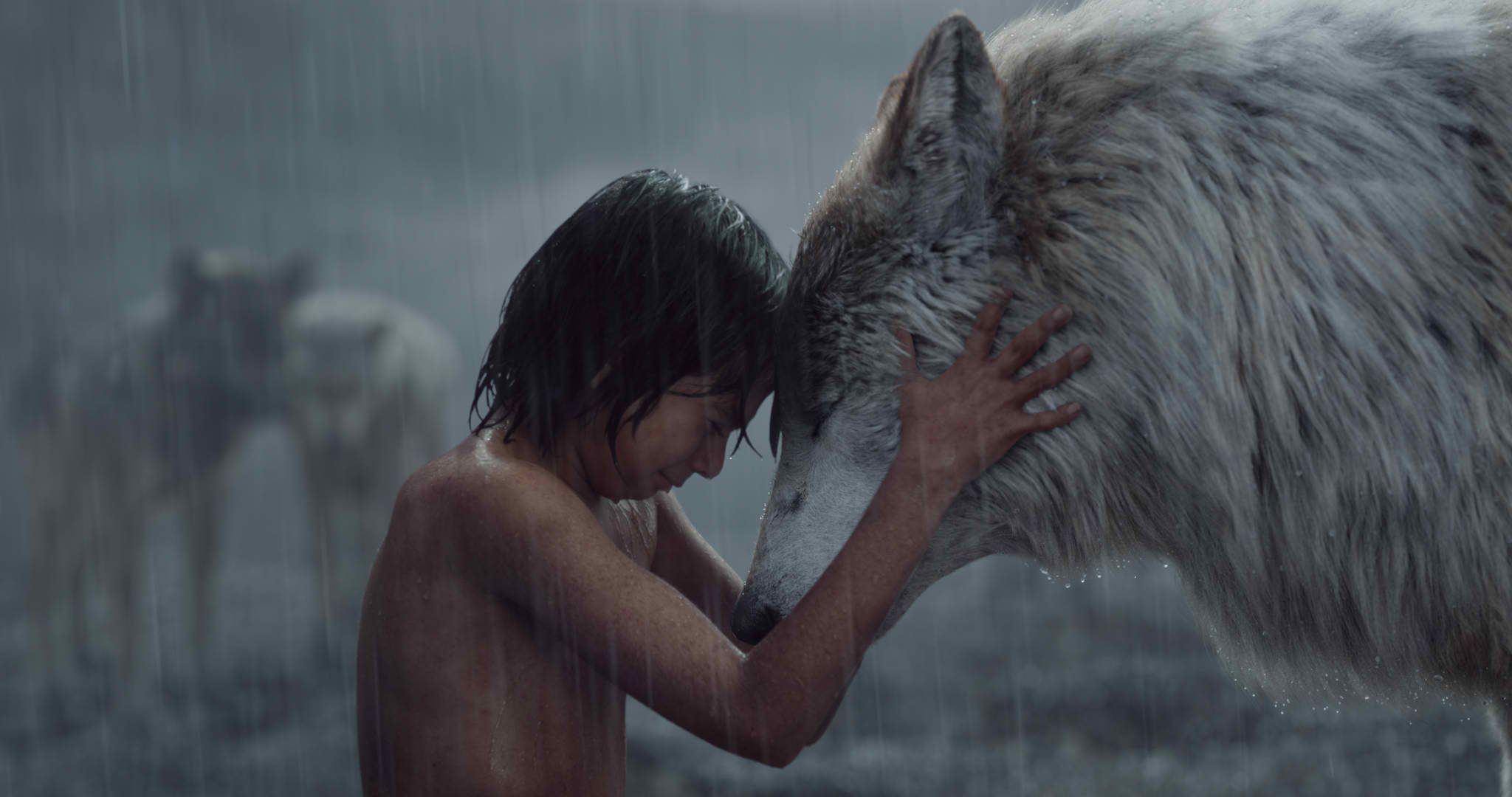
Jon Favreau’s supposedly live-action take on Disney’s 1967 appropriation of Rudyard Kipling’s The Jungle Book into its library of fairy tales and literary classics is quite a handsome fellow.
All the animals it features look lifelike. Their eyes are unusually expressive, reflecting all the appropriate emotions that the film requires. Their movements are precise. They meld with their gorgeously rendered surroundings with astonishing ease. All in all, Favreau’s take on the beloved cartoon is as spectacular as can only be expected from a multi-million dollar venture.
Does all the spectacle carry weight? That is the question
Perilous mood
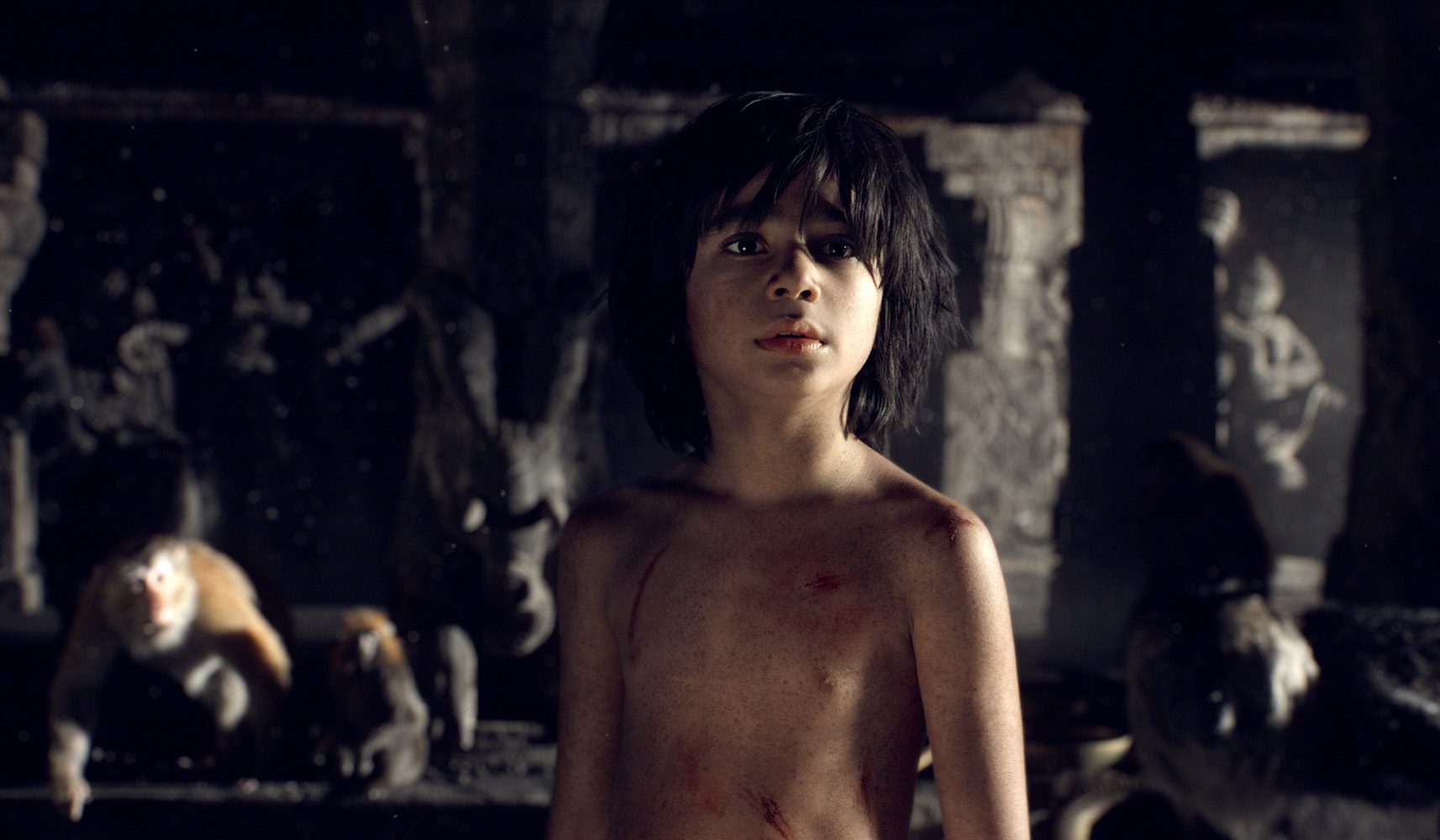
Thankfully, it does.
Favreau knows his limits. The Jungle Book does not stray too far from the narrative of the 1967 cartoon which takes only a few tales from Kipling’s novel to result in a thread that has all the elements to excite kids and keep their parents somewhat entertained. The cartoon filters a lot to keep things simple and uncomplicated. It avoids any identifiable backdrop, placing the genial tale in a setting that feels like a hodgepodge of cultures and periods.
Favreau does exactly the same. Even with its grand effort in making everything look as real as possible, The Jungle Book does not feel like it exists in the same universe as the rest of us. It all feels imagined, even dreamed, which is not exactly a bad thing. Kipling’s novel never aspired to be an accurate depiction of the Indian jungles, as it is crafted to feel like fables that would inspire flights of fantasies for children.
What the realism provides is that allowance for more perilous mood, which gives the sentimental tale of Mowgli (Neel Sethi) and his search for a home a certain heft. It is the clever placement of Disney’s squeaky clean take on Kipling’s novel within an artificial landscape that has a believable sense of gravity that gives the film a sheen of novelty.
A lot of the film’s comedy comes from the animals and the human quirks and gestures that Favreau gives them. Favreau even takes the risk of using some of the songs from the cartoon, even if the idea of photorealistic animals belting out rhymes borders on the ridiculous.
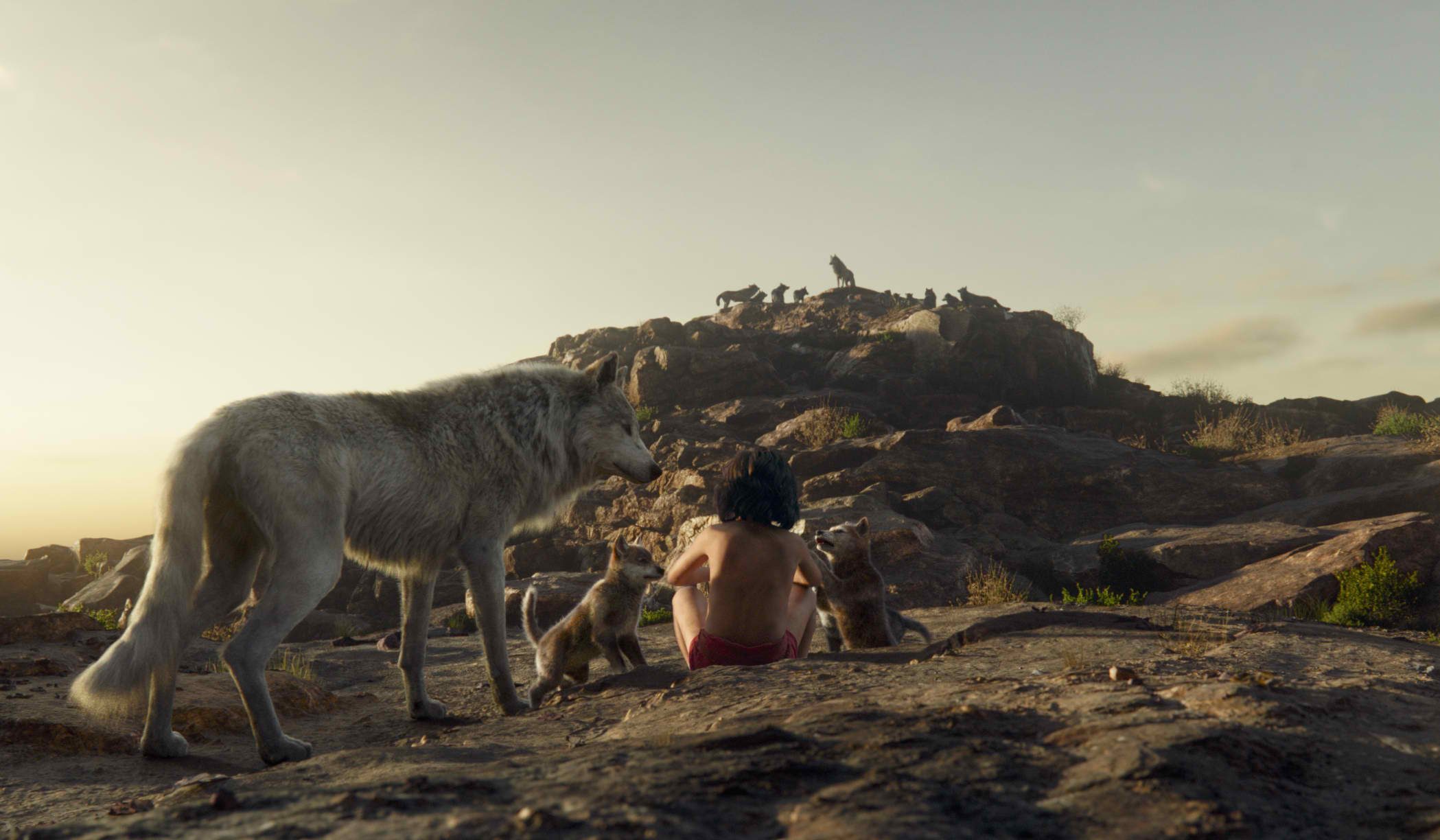
Voice acting
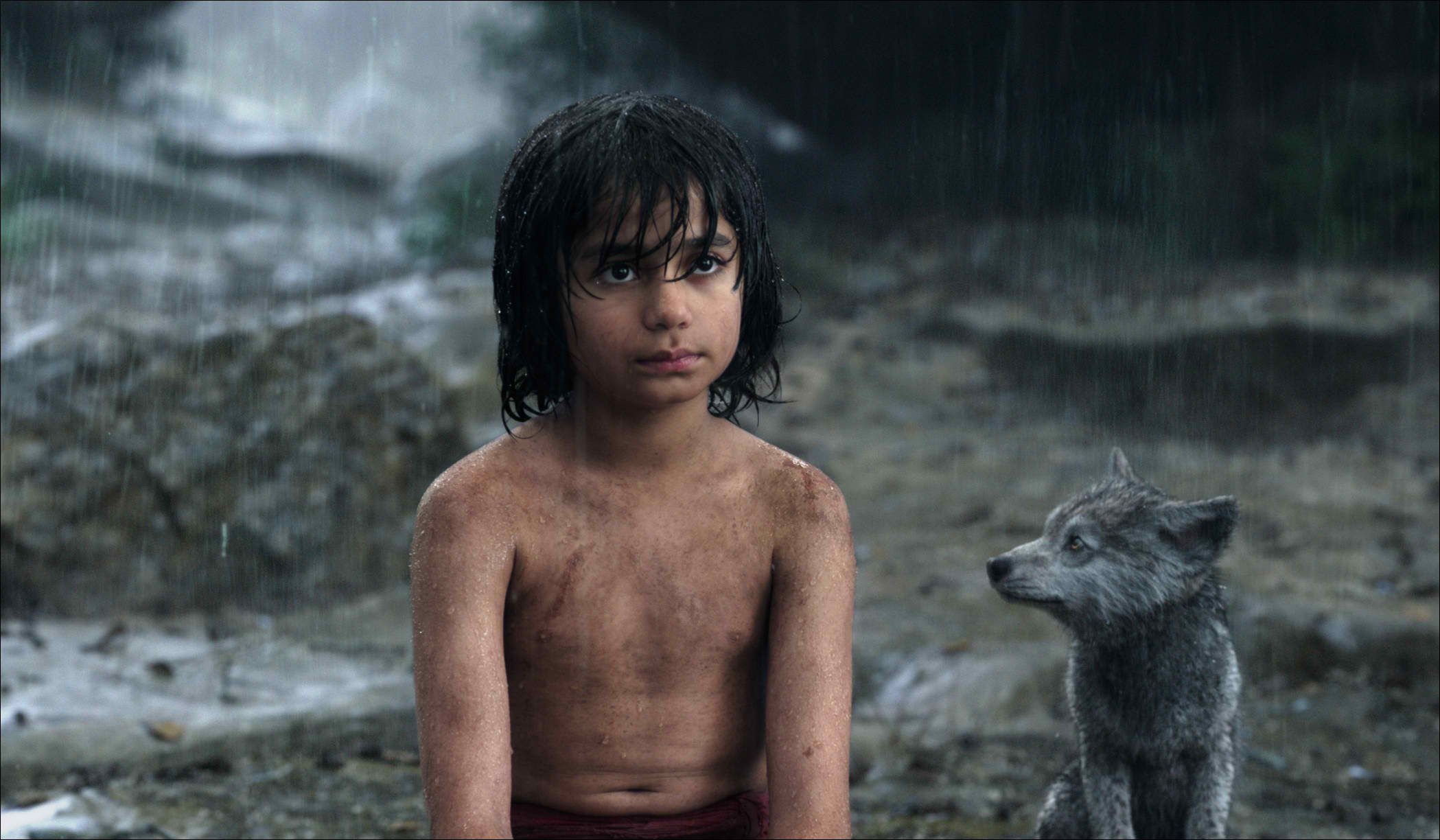
Sure, The Jungle Book is visually wondrous. However, its enchantment does not stop at the digital wizardry that Favreau utilizes.
The film works also because of the ingenious recruitment of talent to give voices to the various animals. Bill Murray’s laid-back take on Baloo the bear is hilarious. Scarlett Johansson’s grave recitations give Kaa a certain sensuality that is bizarrely enticing. Idris Elba’s dignified growls grant Shere Khan, the injured tiger that is the ferocious villain of the film, a fractured humanity that is also disarming.
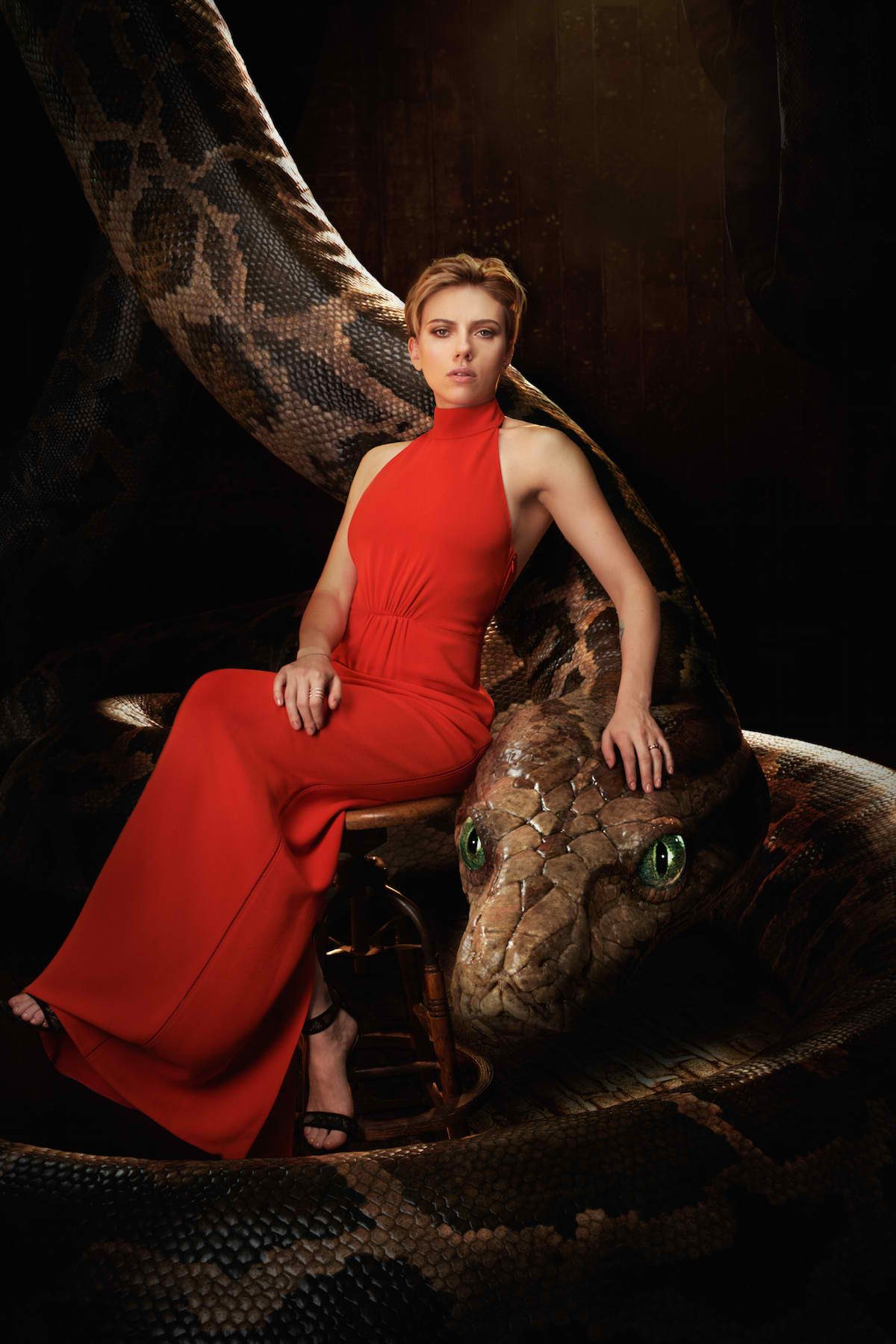
King Louie, the authoritarian ape who leads an army of primates, is a terrifying presence, yet when he mumbles the lyrics to “I Wanna Be Like You,” evolving the straightforward oration into a full-blown musical number, he even becomes more alarming, more dangerous.
The song is used to expose a glimpse of the ape’s power-induced insanity instead of simply being there to keep inattentive kids at bay. This, in turn, enlarges the metaphoric quality of fire, at least within the film. Christopher Walken expertly transforms the character into this icon of tyranny.
Contemporary take
Favreau does not only give Disney’s cartoon a makeover.
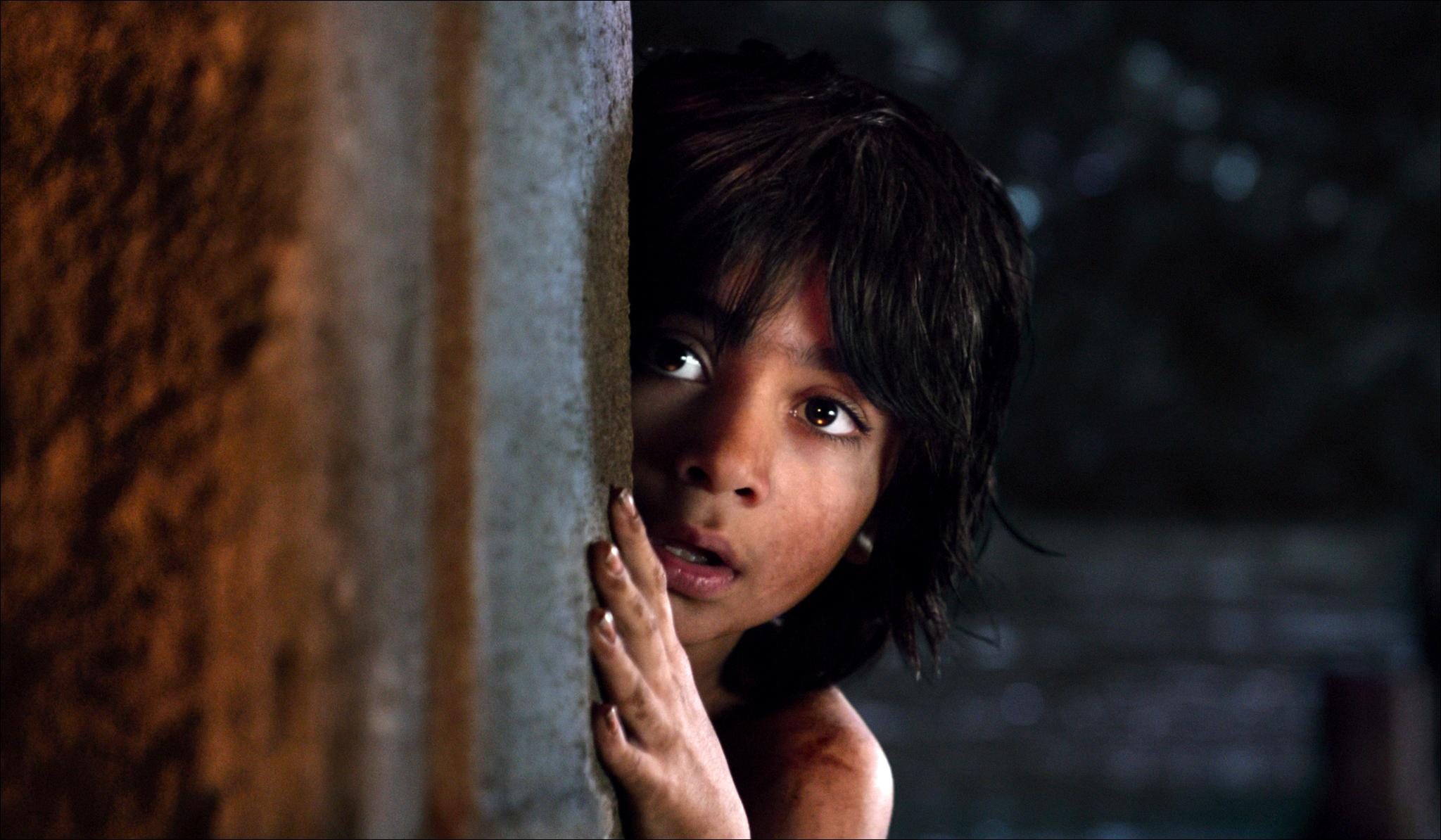
Without changing things much, he contemporizes the material, allowing the animals of the jungle to become even more human by appropriating personalities that are familiar and commonplace within the current state of pop culture. In a way, the film becomes a little bit more relevant than just the fable that Disney originally molded it to be. – Rappler.com
 Francis Joseph Cruz litigates for a living and writes about cinema for fun. The first Filipino movie he saw in the theaters was Carlo J. Caparas’ ‘Tirad Pass.’ Since then, he’s been on a mission to find better memories with Philippine cinema.
Francis Joseph Cruz litigates for a living and writes about cinema for fun. The first Filipino movie he saw in the theaters was Carlo J. Caparas’ ‘Tirad Pass.’ Since then, he’s been on a mission to find better memories with Philippine cinema.
Add a comment
How does this make you feel?
There are no comments yet. Add your comment to start the conversation.